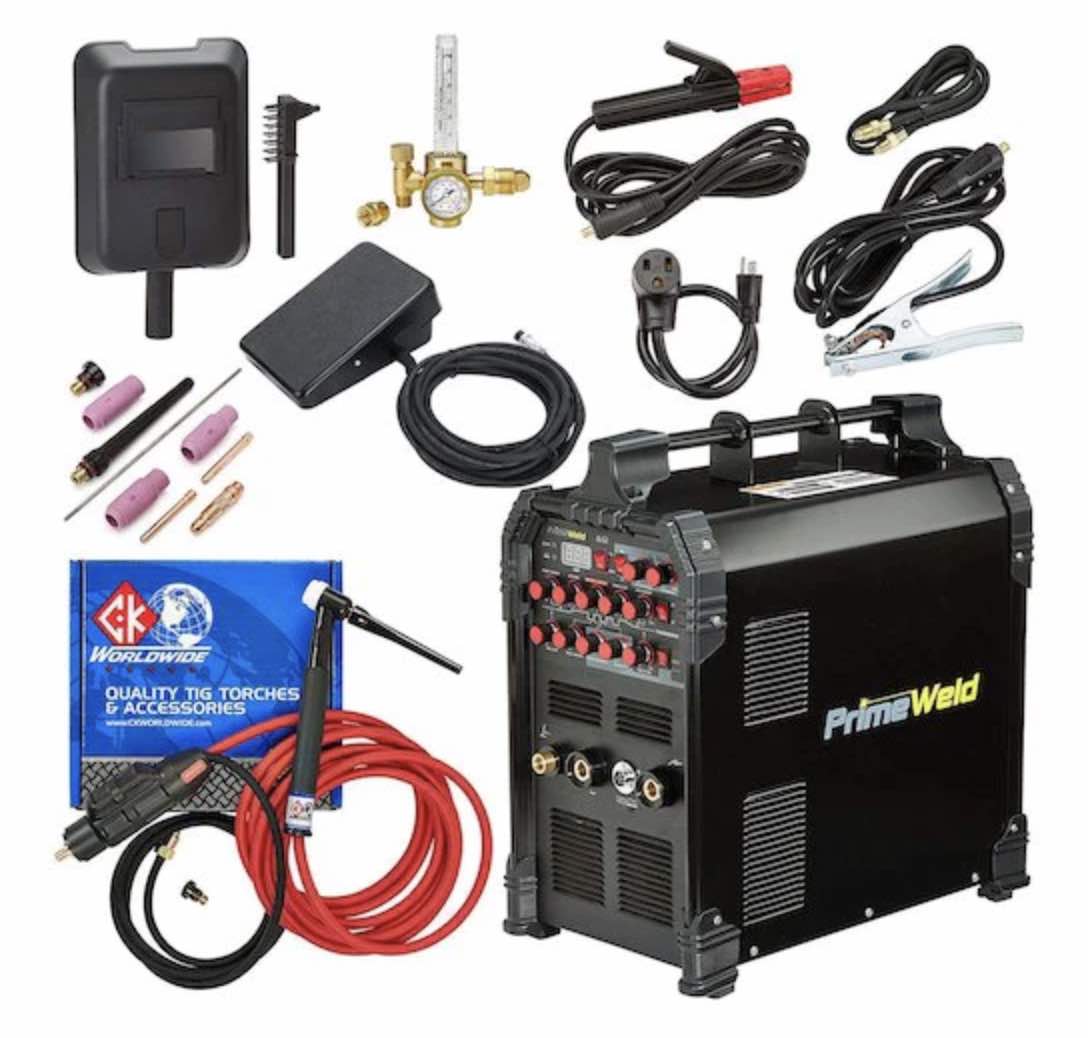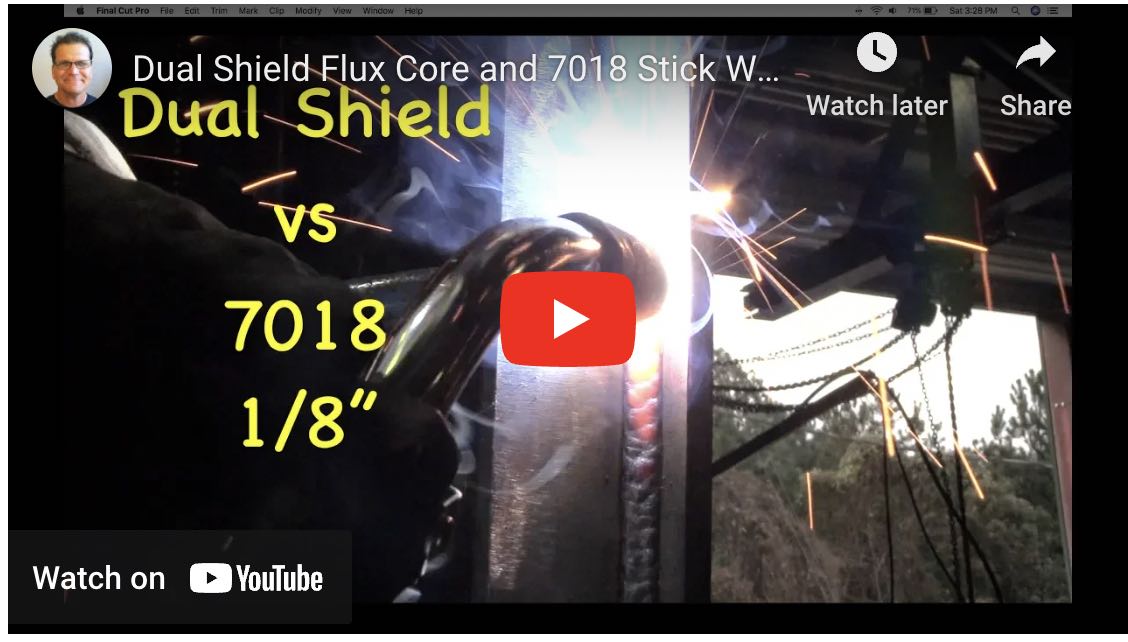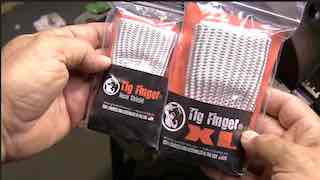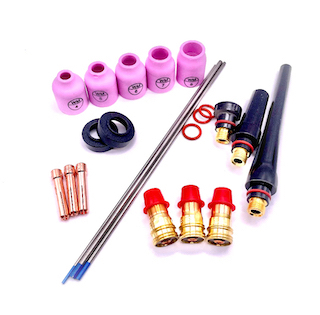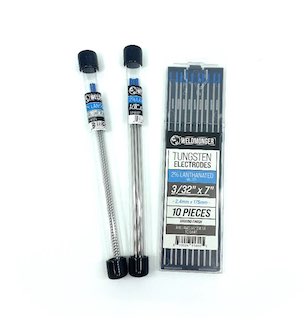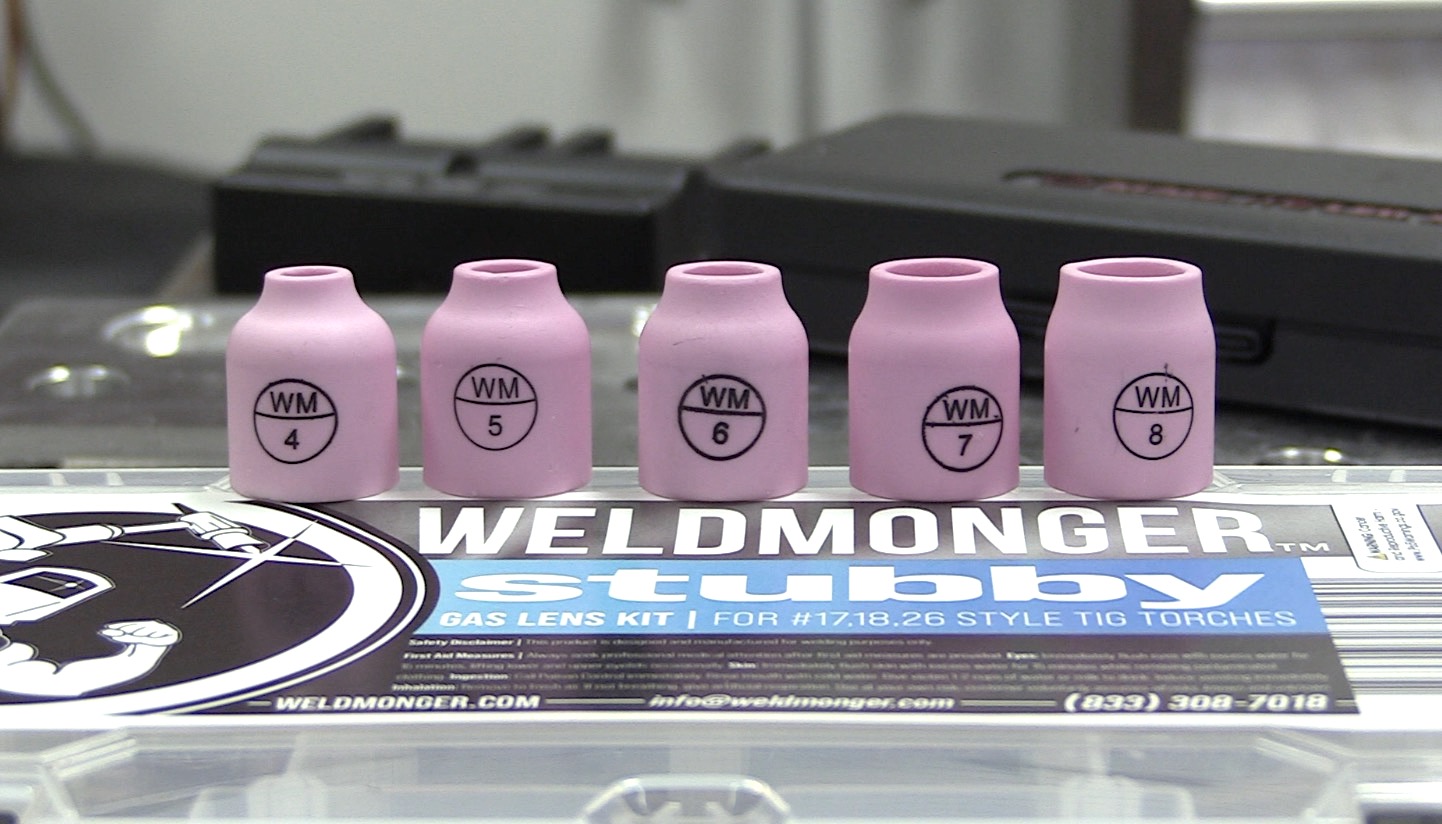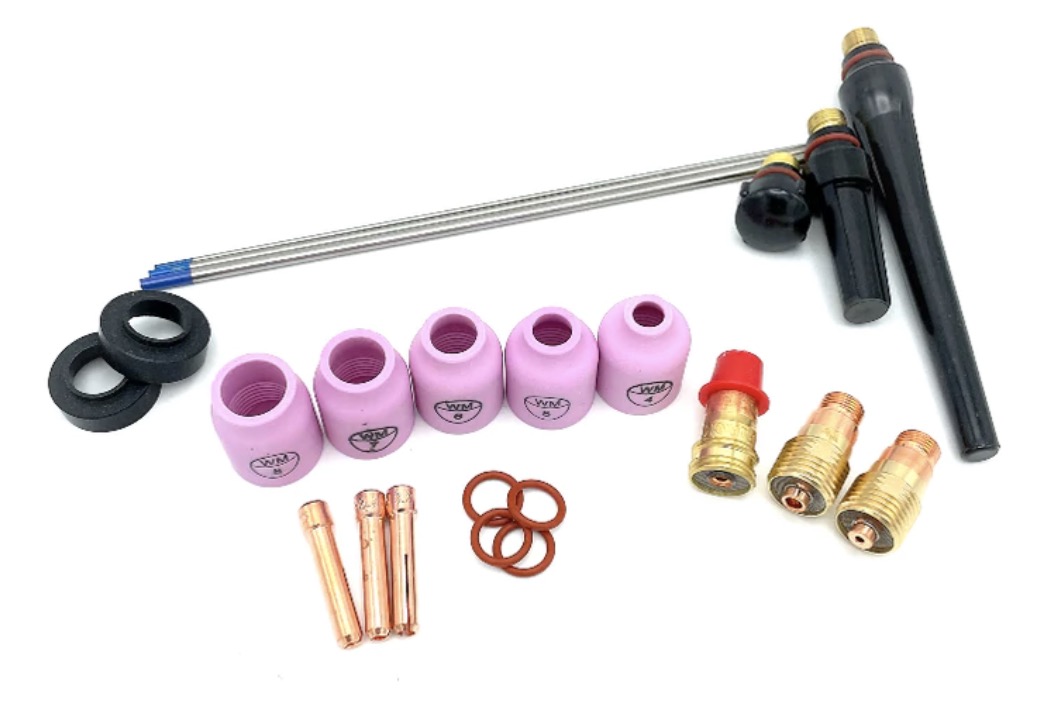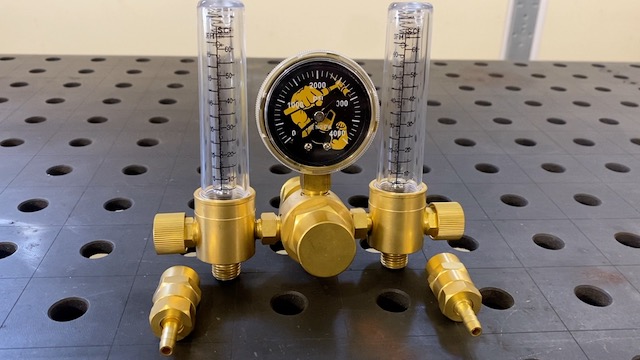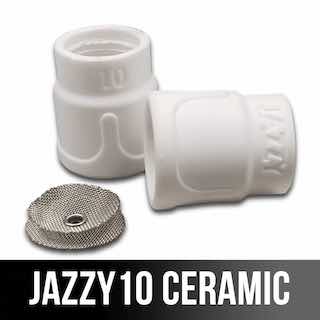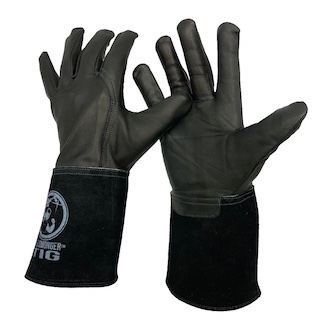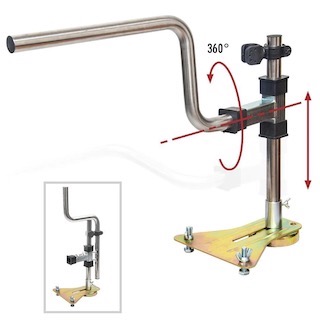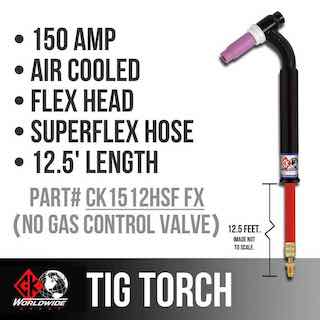How to Weld Vertical up using MIG
How to Weld Vertical up with MIG (short arc mig)
- HOME
- How to Mig Weld
- How to Weld Vertical Up Using Mig
How to Weld Vertical Up with mig using a simple technique that works for all other positions too
How to Weld Vertical up with Dual Shield Flux Core and 7018 Stick rods
Welding vertical up using MIG (Metal Inert Gas) welding can be a bit challenging but with proper technique, it can be done effectively. Here are the steps to weld vertical up using MIG welding along with the importance of cleaning mill scale and using a short stick out:
- Prep the metal: Short circuit mig as well as pulse spray mig dont do well for welding over hot rolled mill scale. Mill scale is the oxide layer that forms on the surface of the metal, and it needs to be removed before welding as it can negatively affect the quality of the weld. Thin mill scale like you see on square tubing is not a big problem but thick mill scale like you see on thick steel plates can cause lack of fusion, undercut and other defects.
- Set up the equipment: Set up your MIG welding machine according to the manufacturer's instructions. Make sure you have the appropriate wire type and diameter and shielding gas for the material you're working with. Adjust the voltage and wire feed speed settings based on the thickness of the metal as well as the position.
- Position the workpiece: Position the workpiece vertically, ensuring that it is securely clamped or supported to prevent any movement during the welding process.
- Select the right technique: The most common technique for vertical up welding with MIG is the backhand technique. In this technique, you hold the welding gun at a slight upward angle and push the weld pool uphill. The angle should be around 5-15 degrees from vertical.
- Clean the mill scale: Before starting the weld, it is crucial to clean the mill scale off the surface of the metal. Mill scale can act as a barrier between the weld pool and the base metal, leading to poor fusion and weak welds. Use a wire brush or a grinder to remove the mill scale and ensure a clean surface for welding.
- Maintain a short stick out: Stick out refers to the distance between the contact tip of the welding gun and the workpiece. It is recommended to maintain a short stick out, typically around ⅜ to ½ inch (9-12 mm), when welding vertical up. A short stick out helps to maintain better control over the welding arc and ensures better deposition of the weld metal.
- Welding technique: Start the arc slightly above the joint, and as the pool forms, move the gun slowly upwards while maintaining a consistent travel speed. It is essential to maintain a steady and even motion to achieve a uniform weld bead. Control the size of the weld pool by adjusting the travel speed and angle of the welding gun.
- Multiple passes: Depending on the thickness of the metal, you may need to make multiple passes to complete the weld. Allow each pass to cool before proceeding with the next one to prevent overheating and distortion.
- Visual inspection and cleanup: Once the welding is complete, inspect the weld bead for any defects such as porosity, cracks, or incomplete fusion. Use appropriate cleaning tools to remove any spatter or slag from the weld area.
The importance of cleaning mill scale and using a short stick out:
- Mill scale removal: Mill scale contains oxides that can interfere with the welding process, leading to poor fusion and weak welds. By removing the mill scale, you ensure direct contact between the base metal and the weld pool, resulting in a stronger and more reliable weld.
- Short stick out: Maintaining a short stick out allows for better control of the welding arc. It helps to concentrate the heat and deposition of the weld metal in the desired area, ensuring proper fusion and penetration. A short stick out also reduces the chances of the wire becoming unstable or bending, leading to inconsistent weld bead formation.
Remember to always follow safety guidelines, wear appropriate protective gear, and refer to the manufacturer's instructions for your specific welding equipment. Practice and experience will further refine your technique for vertical up MIG welding.


